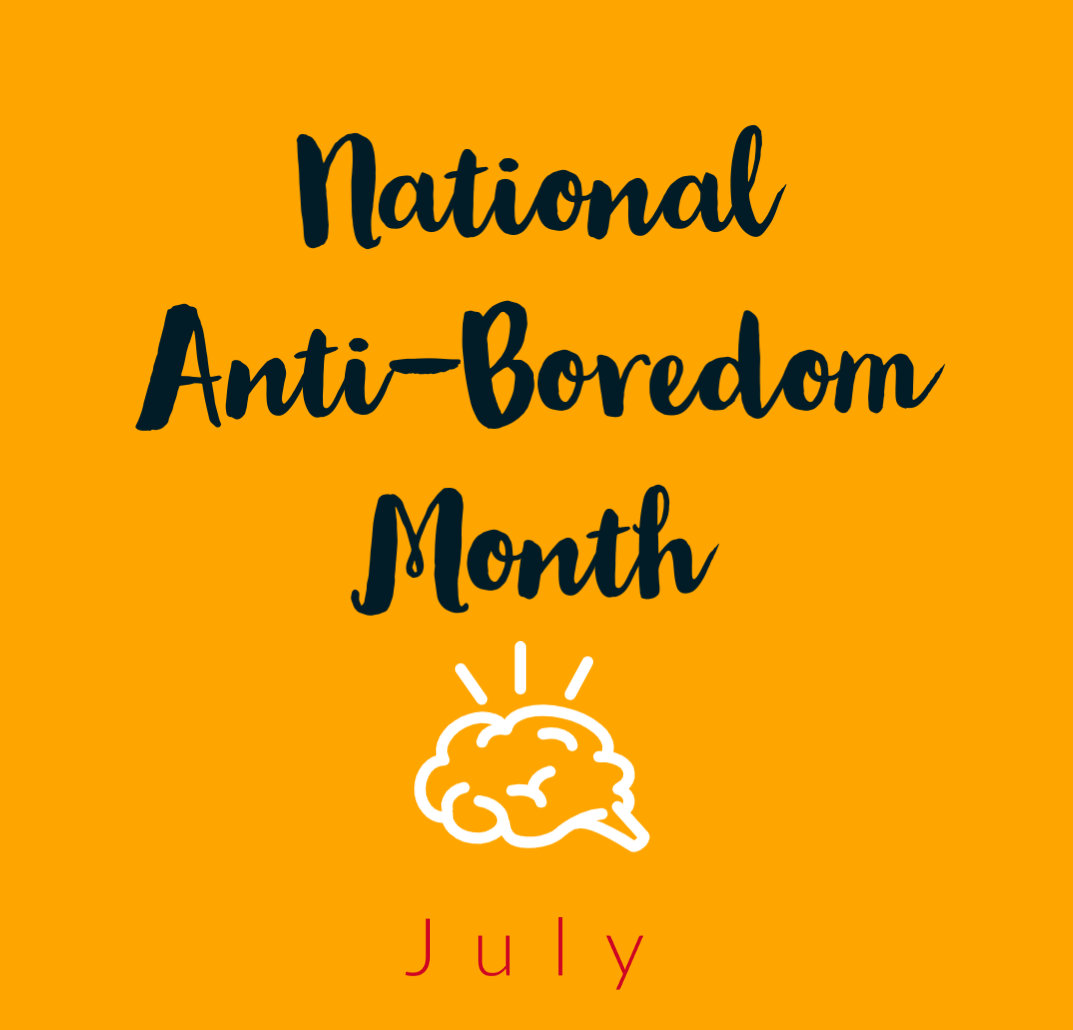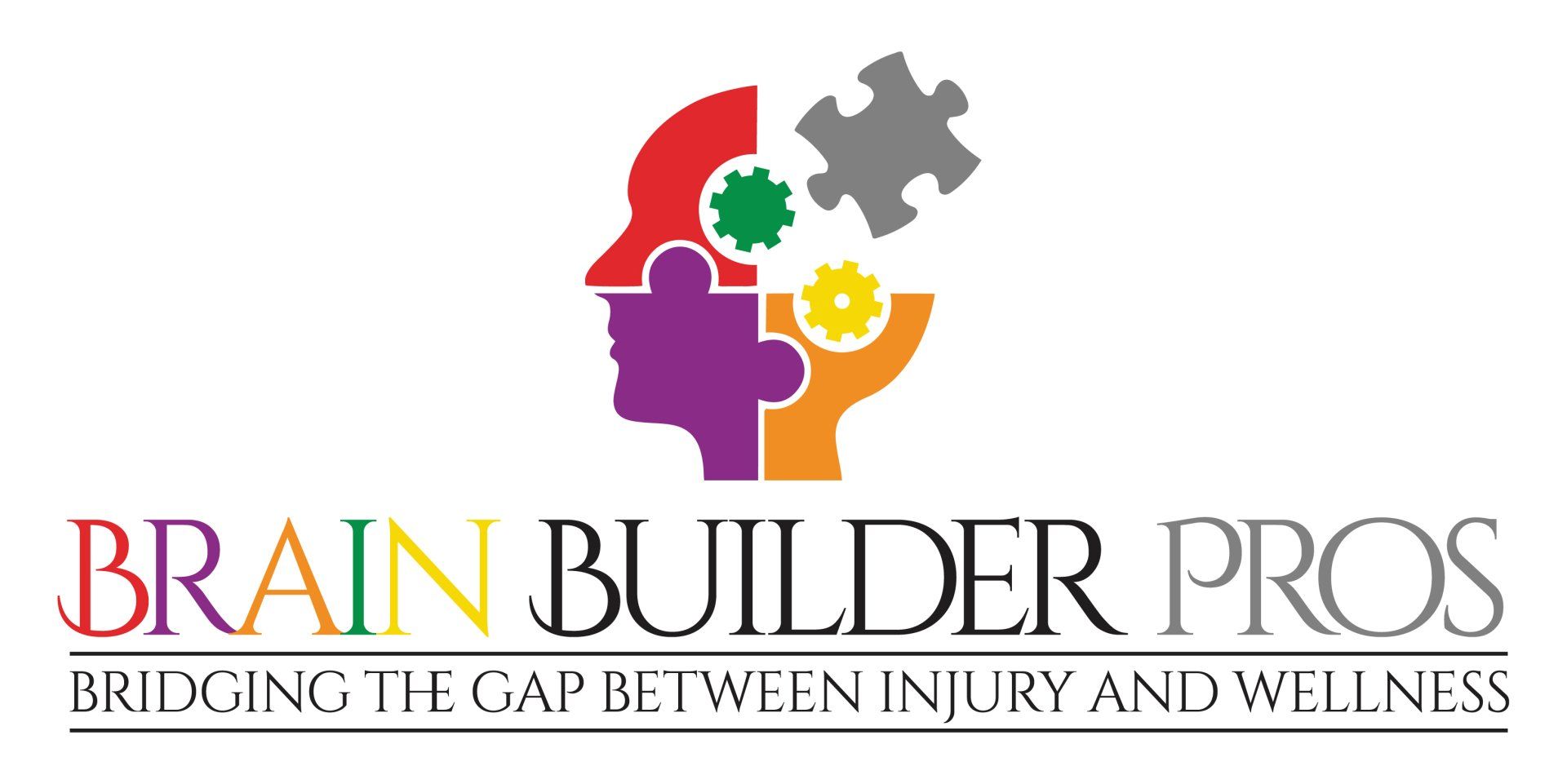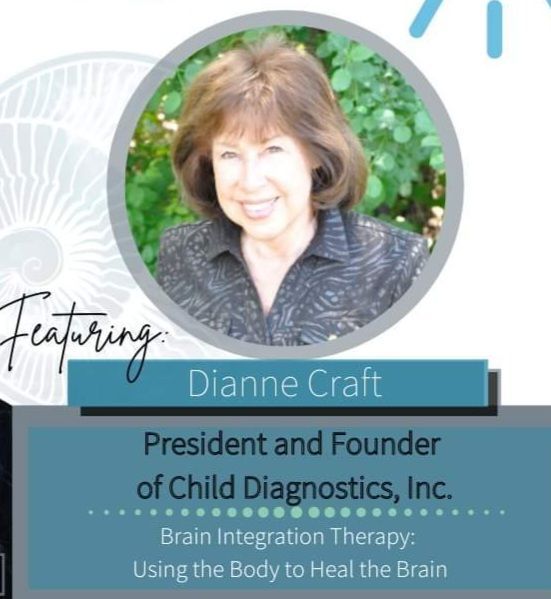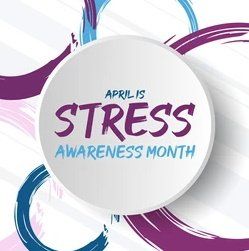National Anti-Boredom Month
Pamela Redline
July 2022

July happens to be National Anti-Boredom Month. Okay, you may be wondering, “Is there really a month that has been set aside for something as silly as bringing awareness to avoiding boredom?” Well, there is, and it is not as silly as you may think.
As a kid, most of us have complained to our parents about being bored only to get a reply to go clean our room or go outside do something. The thing is, we can be doing things and still face boredom. It’s more a matter of whether or not we are being appropriately stimulated mentally. This can happen when we are too routinized or busy doing things each day that are not actually challenging.
According to brain health researchers, boredom perilously combines feelings of “restlessness and lethargy” (Kim, 2021). In recent years, researchers have begun to study boredom as a trait in which individuals may be predisposed. This means that boredom can be chronic rather than just a single incident in time. As a trait, one may be born prone to boredom or become prone due to circumstances such as experiencing a traumatic brain injury.
But what does this even matter? Well, findings from many studies have concluded that if you are plagued with chronic boredom, you have a higher risk for mental health issues as well as dysfunctional behaviors. Interestingly, in a study where people were put into a room for quiet time, which researchers believed would help them be calmer and more peaceful, many participants actually suffered from extreme boredom. Amazingly, many chose to experience mild physical pain via an electric shock rather than experience the mental pain of boredom.
Besides being an uncomfortable feeling, we naturally wish to escape, chronic boredom can be quite detrimental in a few areas of our lives:
- Mental Health: Studies have shown that experiencing chronic boredom can increase levels of anxiety and depression (Washington State University, 2019). It can be easy to confuse depression with boredom. However, boredom is characterized by feeling a lack of fulfillment that stems from a desire to be mentally stimulated. It can lead to focusing on the negative of the self or a sense of sadness that characterizes depression.
- Dysfunctional Behaviors: Studies have also shown that experiencing chronic boredom can lead to impulsive behaviors because decision-making is drastically affected (Weir, 2013). Certain behaviors such as drug or alcohol abuse may be the first thing that comes to mind. However, dysfunctional behaviors can be a plethora of poor life choices ranging from binge eating to walking out on a job because something upset us.
- Traumatic Brain Injuries: Research indicates that individuals who have experienced traumatic brain injuries often experience a significant increase in how often they feel bored. Experts believe this may be due to damage done to the orbitofrontal cortex (Kim, 2021). This part of the brain signals reward values from sensory input, so injury can damage the connections (Rolls, 2004). For example, an activity someone used to find pleasurable may no longer produce feelings of enjoyment and leave the individual with feelings of boredom with the activity.
As always, once we note a problem that can be disastrous to our mental, physical, and cognitive health, we look towards what we can do to prevent the harmful effects. Researchers have looked at the neurological science behind boredom by measuring brain waves both before and the moment when boredom sits-in (Weir, 2013). In essence, they found the most tedious tasks that people couldn’t help but be bored while completing, assigned them to participants, and monitored their brains.
They expected to find a difference in brain waves between people who were prone to chronic boredom and those who weren’t. But this wasn’t the case! Instead, the neuroscientists discovered that when put into a bored state, individuals who were prone to boredom began to respond by activating the right side of their brain. Individuals who were not chronically bored, on the other hand, activated the left side of their brain. In other words, people who are prone to boredom can learn to successfully cope with boredom – by activating the other side of their brain!
While many popular articles claim the left-side of the brain contains the more logical and analytical thought processes while the right-side holds the more creative aspects, neuroscience leads us to a much more complicated relationship between the two sides of our brain (Lombrozo, 2013). Often, both sides of the brain must work together. For example, language is processed on both sides of the brain. Yet, each side holds a distinctive role. According to research, “The left side processes grammar and punctuation while the right processes intonation” (Lincoln, 2020). In terms of understanding space, the right side of the brain is usually at work; however, the left-side of the brain activates when an individual thinks about a specific object in a specific place.
When activating the Left-Side of the brain there are activities that can help us when we find ourselves bored. Relying on technology and turning towards our screens for video entertainment to cope with boredom may be activating the right side of our brain and providing us with a feeling of escape without actually coping with the problem. However, picking up a book and reading, or even reading items like this blog online, can help activate our left hemisphere. Additionally, planning for meals or creating grocery lists may also be the mental stimulation we need to activate our left sides and cope with boredom.
ADVICE: Don’t get bogged down on trying to figure out which side of the brain is activated with a certain activity. The key in learning to cope with boredom is finding what challenges you and stimulates you mentally!
References:
Lincoln, 2020 (https://www.wondriumdaily.com/solving-the-mystery-of-the-left-brain-and-right-brain-myth/)
Lombrozo, 2013 (https://www.npr.org/sections/13.7/2013/12/02/248089436/the-truth-about-the-left-brain-right-brain-relationship)
Rolls, 2004 (https://pubmed.ncbi.nlm.nih.gov/15134840/)
Washington State University, 2019 (https://www.sciencedaily.com/releases/2019/07/190708140109.htm)
Weir, 2013 (https://www.apa.org/monitor/2013/07-08/dull-moment)
New Paragraph












